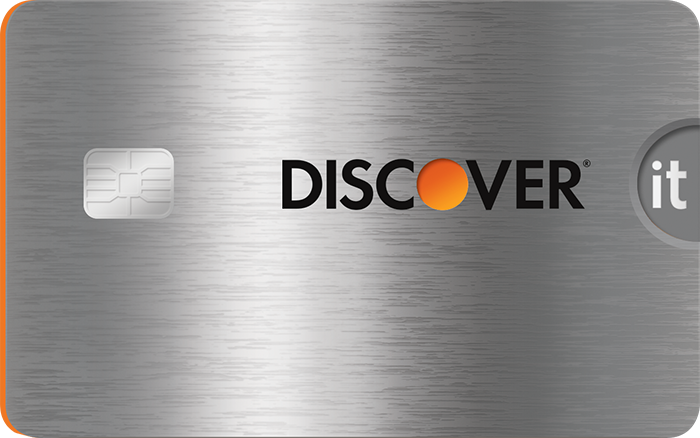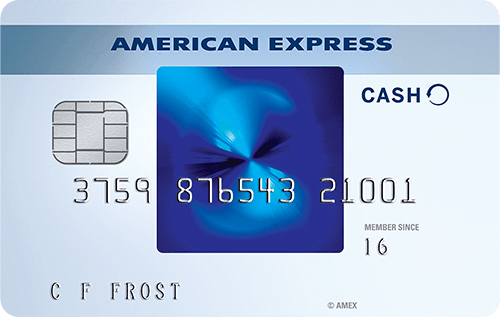- myFICO® Forums
- FICO Scoring and Other Credit Topics
- Understanding FICO® Scoring
- Re: WHY CLI? Not just your FICO score, or your hi...
- Subscribe to RSS Feed
- Mark Topic as New
- Mark Topic as Read
- Float this Topic for Current User
- Bookmark
- Subscribe
- Mute
- Printer Friendly Page
WHY CLI? Not just your FICO score, or your history with creditor, or how much you spend...
Is your credit card giving you the perks you want?
Browse credit cards from a variety of issuers to see if there's a better card for you.
- « Previous
-
- 1
- 2
- Next »
- Mark as New
- Bookmark
- Subscribe
- Mute
- Subscribe to RSS Feed
- Permalink
- Report Inappropriate Content
Re: WHY CLI? Not just your FICO score, or your history with creditor, or how much you spend...
@Whitebird wrote:It's been so long since I've posted, I hope I'm replying correctly.
ITA with what you've said, but then I nearly always do. Dull, I know.
I want to address the issue of "internal scores." At some point in the past I was reading a textbook on credit, developing scorecards, whatever... Now, a great deal of that textbook was above my pay grade, so to speak (lots of advanced math) but that's the way I learn. There was a discussion on "custom scores" that some financial institutions use. The discussion specifically centered around Amex (true or just an example, I don't recall--hey I'm old!) and why they would want their own "internal score." The main reason was cost.
There is an initial large upfront cost paid to FICO--yes, FICO was/is hired to develop this non-FICO internal score! After the upfront cost then Amex would only pay pennies--as opposed to dollars--for access to those scores as they had underwritten the cost for score development.
But, there was another reason. Think about the FICO scores that are specific to certain lenders, such as the Auto-Enhanced score or the Bankcard score. Those scores specifically evaluate the customers that those lenders target and are said to be a bit more accurate predictor of outcomes but only within that specific customer base. Amex likely also has a targeted customer base of some kind and apparently they believe that these customized internal scores serve them well, both in terms of cost and predicted outcomes. I know Amex provides regular Experian scores to cardholders, but I'm fuzzy about whether Amex also uses the traditional FICO score internally. I'd think yes, but what do I know. I know I've said "Amex" here but one could well substitute "Chase."
Revelate, is what I've related your general understanding of these internal scores?
To add to what ABCD states: in broad strokes that's right but not every lender approaches FICO for example to do that necessarily, FICO doesn't have a monopoly on data analytics and the datasets for the big lenders is pretty comprehensive in their own rights.
There's some accounting wizardry too, vis a vis at least in Cali software development costs (doing all of this would count as) is capitalizable, and then ongoing marginal costs is substantially lower whereas paying for FICO scores is a straight operational expense. May or may not have factored, but there's also ongoing expenses (the care and feeding ABCD alludes to), but I would suggest that has to be done with perhaps less regularity even if you're paying FICO for it as the need to re-evaluate your UW algorithms doesn't go away... if it suddenly starts sucking in the current economic environment (which does change over time), you're going to be losing money: forewarned is forearmed and trend analysis is a big deal.
In some cases the ROI is there, in others, depending on the lender's sophistication, it may not be. Generally speaking the larger the bank, the more likely it will be to create an internal algorithm, simple economies of scale.
I don't know if any lender besides Chase is using their internal score as their primary one though, most still provide a FICO in the mail, but Chase also is I think larger by around 50% in terms of number of CC's issued over either Amex or Discover so if it makes sense for anyone to do it, it's them.





















- Mark as New
- Bookmark
- Subscribe
- Mute
- Subscribe to RSS Feed
- Permalink
- Report Inappropriate Content
Re: WHY CLI? Not just your FICO score, or your history with creditor, or how much you spend...
Wow, I had no idea Chase was so large in consumer lending anymore! Makes sense, I just don't pay attention to the consumer side when the commercial side is more...exciting?
One of my clients uses a gigantic commercial lending bank to basically pay all their expenses on credit even though they have a ton of cash assets. They do this for tax purposes and for capitalization purposes and for shareholder benefits, etc. Scoring a business "credit" (based on different metrics) has got to be more exciting than consumers, but FICO and other companies like FICO definitely have some amazing details and accuracies in the criteria they offer. FICO scoring is just ONE product among many that lenders can buy/license for creating criteria for lending purposes (and setting CLs and CLIs and APRs and 0% offers) but FICO offers a huge bundle of other products that a lender can buy/license that do even more detailed analyses for a creditor's underwriting department to use.
In the end, no matter what product a lender may have used of Fair Isaac, they still get the FICO score and the reason codes and that minimum is enough to meet the federal and state regulations, laws, guidelines and guidances on AA reporting. That's why even if a bank uses other measures, they still report generally with the bland FICO score and reason codes even if that isn't the sole or main reason for AA.
- Mark as New
- Bookmark
- Subscribe
- Mute
- Subscribe to RSS Feed
- Permalink
- Report Inappropriate Content
Re: WHY CLI? Not just your FICO score, or your history with creditor, or how much you spend...
If we could figure out those factors then we would game the system if we could.









 Starting Score: Ex08-732,Eq08-713,Tu08-717
Starting Score: Ex08-732,Eq08-713,Tu08-717Current Score:Ex08-795,Eq08-807,Tu08-787,EX98-761,Eq04-742
Goal Score: Ex98-760,Eq04-760
Take the myFICO Fitness Challenge
History of my credit
- Mark as New
- Bookmark
- Subscribe
- Mute
- Subscribe to RSS Feed
- Permalink
- Report Inappropriate Content
Re: WHY CLI? Not just your FICO score, or your history with creditor, or how much you spend...
I can confirm that lenders use internal stores. Though, I don't think that's very controversial--I would assume everyone knows they do.
But once upon a time I worked on a software platform that did this. It was a system that was sold to retailers who sold big ticket consumer items: swimmign pools, ATV's, hot tubs, major appliances. Any big ticket consumer purchase other than auto.
If you went into a shop and wanted to buy one of these things on credit, the retailer would use our software to negotiate a loan for you. In the store it would collect the application information--information about you, income, etc., and your consent to pull a credit record. On the back end what happened depended on what lender that retailer was using. Each retailer had negotaited to work with a different bank, and the algorithms to adjudicate the loans were specified by the bank that would actually be lending out the money.
So our system would run a different set of internal rules, depending on what lender it was. There were two parts to the internal rules. First, it would go pull a bureau report. We always pulled from TransUnion. The score we got back wasn't a FICO, but some score that was a specific score developed by/for that lender. TransUnion would do that part, we would just get back the score, but the request we sent to TransUnion specified that we wanted the specific internal score developed for that lender. Once we had that score we would execute some additional rules specified by the bank--an algorithm they gave us would use income, employment information, size of the downpayment, and this score, to determine the outcome of the loan. It was either approved, or rejected, or it could be forwarded to the bank's under-writer for human review in which case the customer would be told to come back in a day or two.
If it was approved, based on the score and the demographic information on the loan application, it would be assigned to a risk category, which would determine what interest rates were available. There was some negotiation that could happen there, you could have a longer or shorter term, you could have different payment frequencies, you could increase the downpayment, but the interest rate would be determined by risk category.
I don't think there's anything controversial about any of this. It's the way stuff works.
For the loans that got sent to human under-writers, I have no idea what kind of additional information they might have used, wehther in those borderline cases they might have been looking at things like your zip code. I know our automated software only looked at the score, income, and employment information, but somebody could easily update it to look at zip code or anything else on the loan application.
- Mark as New
- Bookmark
- Subscribe
- Mute
- Subscribe to RSS Feed
- Permalink
- Report Inappropriate Content
Re: WHY CLI? Not just your FICO score, or your history with creditor, or how much you spend...
Cool info above, CiS!